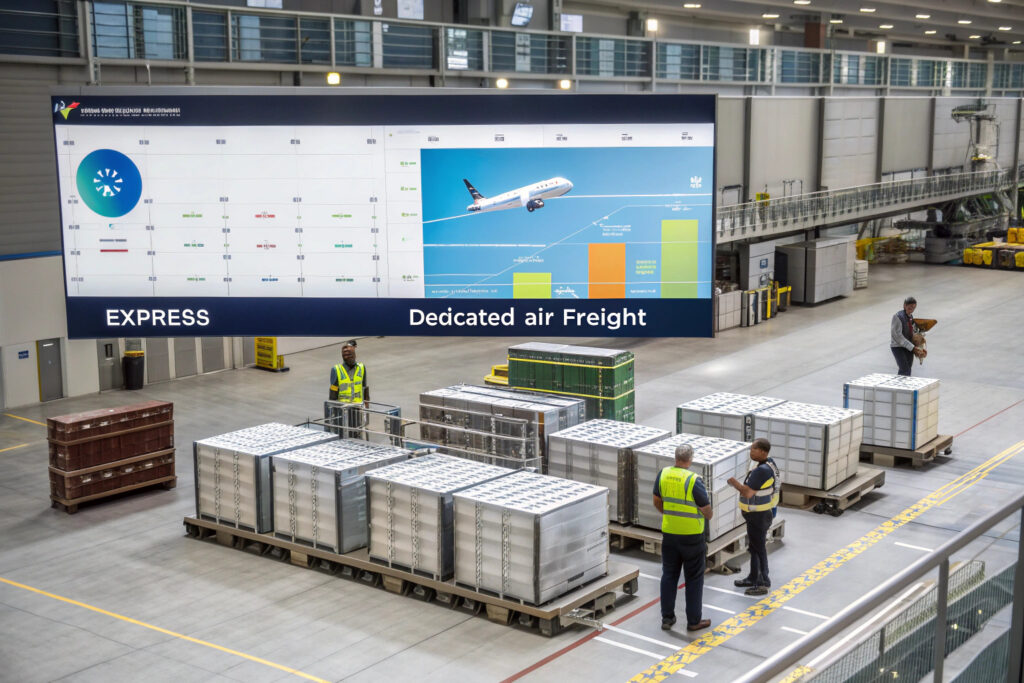Shipping costs can easily consume 15-30% of your total landed cost for fabric masks, making freight optimization crucial for maintaining competitive pricing and profitability. Consolidated air freight offers a strategic middle ground between expensive express air services and slow ocean freight, providing significant cost savings while maintaining reasonable transit times. Understanding how to leverage consolidation effectively requires knowing both the operational mechanics and strategic approaches that maximize value.
You can reduce fabric mask shipping costs by 40-60% using consolidated air freight through volume-based pricing, dimensional weight optimization, strategic routing, and avoiding premium express surcharges, while maintaining transit times of 5-12 days compared to 2-5 days for express services. The key lies in understanding how consolidation works and implementing specific strategies that align with your supply chain timing and inventory needs.
Consolidated air freight combines shipments from multiple shippers into full unit load devices (ULDs), spreading fixed costs across more volume and achieving economies of scale that individual shipments cannot access. This approach transforms your shipping from a cost center to a strategic advantage when properly executed. Let's examine the specific mechanisms and strategies that deliver these substantial savings.
What Are the Operational Mechanics of Consolidated Air Freight?
Understanding how consolidation works in practice helps identify where the significant savings originate.
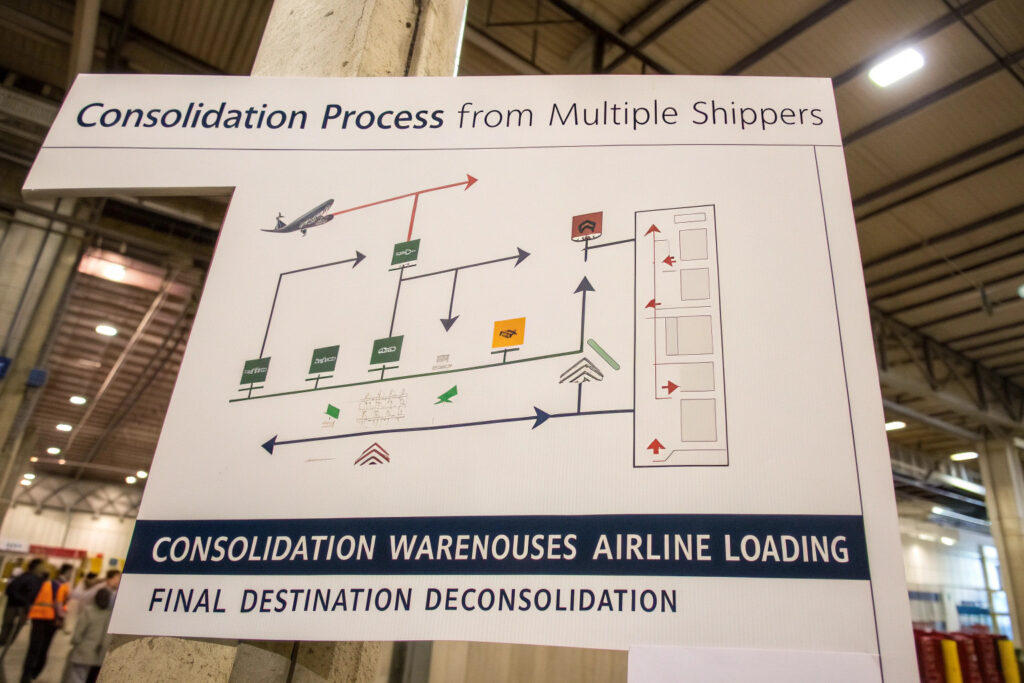
How does the consolidation process create savings?
Volume aggregation allows freight forwarders to purchase airline space at wholesale rates by committing to full ULDs (Unit Load Devices) rather than individual shipments. These savings are then passed to shippers whose goods are combined with compatible shipments from other companies. The cost structure shifts from paying for dedicated space (whether fully utilized or not) to paying only for the actual space your shipment occupies within a shared container. Our analysis shows this approach reduces air freight costs by 50-70% compared to express services for similar transit times.
What are the typical transit time trade-offs?
Consolidated air freight typically takes 5-12 days door-to-door compared to 2-5 days for express services, with the additional time spent in consolidation and deconsolidation warehouses rather than in transit. The actual air portion represents only 1-3 days of this timeline. This modest time extension often presents minimal business impact while delivering dramatic cost savings. Our clients typically choose consolidation when their inventory planning allows for this slightly extended timeline.
What Packaging Strategies Maximize Consolidation Savings?
How you prepare and package your mask shipments significantly impacts your consolidation cost efficiency.
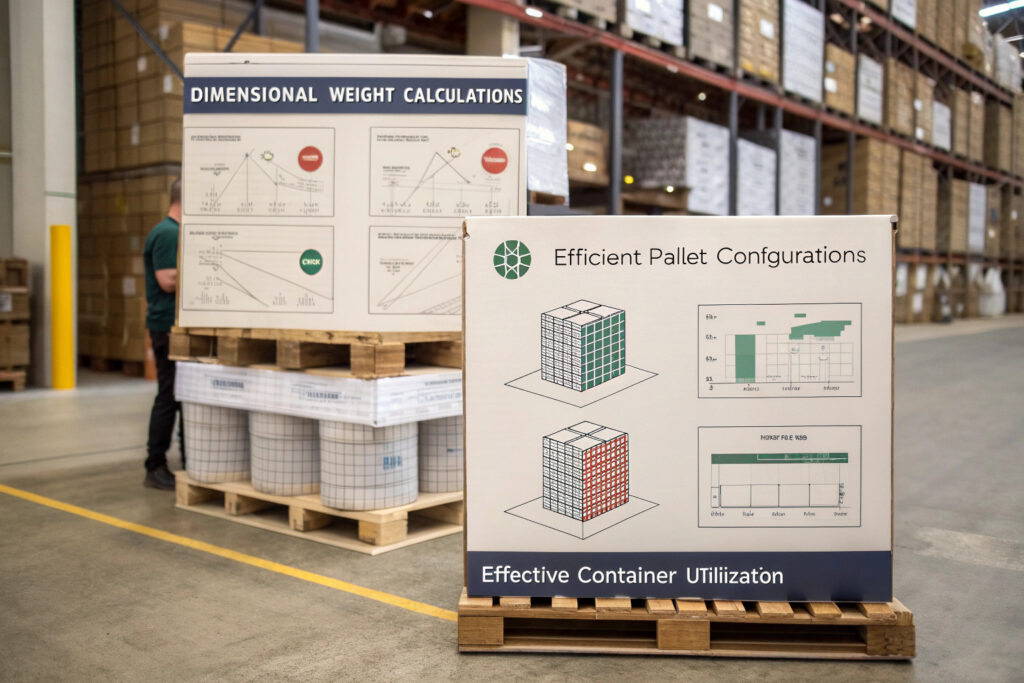
How does dimensional weight optimization help?
Reducing package dimensions through compression and efficient packing directly lowers costs since air freight charges are based on dimensional weight (volume) rather than actual weight for lightweight items like fabric masks. For example, vacuum-packing masks or using slimmer cartons can reduce dimensional weight by 30-50%. Our packaging engineers have developed specific carton specifications that maximize mask quantity per cubic meter, typically achieving 25-35% better space utilization than standard packaging.
What pallet configuration works best?
Standardized pallet builds that maximize container utilization while staying within airline weight restrictions ensure you're not paying for unused space. For fabric masks, which are volume-heavy rather than weight-dense, optimizing pallet height and configuration is crucial. Our standard pallet configuration for masks fits 18-22 cartons per pallet at 1.6-1.8 cubic meters, achieving 92-95% space utilization within the airline's ULD constraints.
What Routing and Timing Strategies Enhance Savings?
Strategic decisions about routing and shipping timing significantly impact consolidated air freight costs.
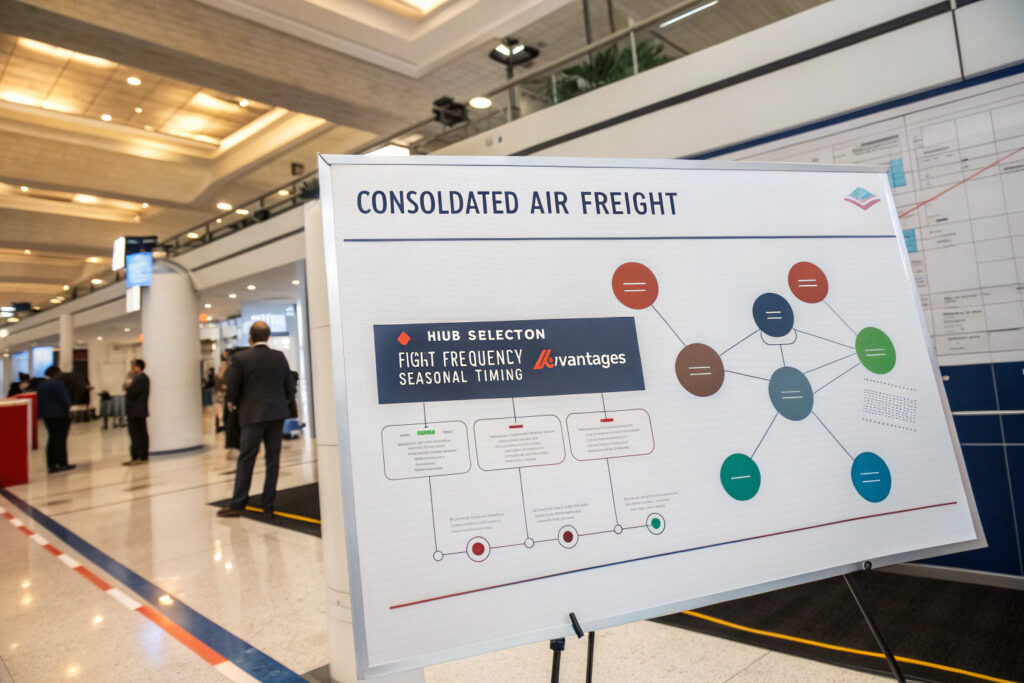
How does hub selection affect costs?
Routing through major consolidation hubs like Shanghai, Hong Kong, or Seoul often provides better consolidation options and frequency than secondary airports. These hubs offer more frequent consolidation shipments and competitive pricing due to higher volume and carrier competition. Our routing analysis shows that using major hubs can reduce costs by 15-25% compared to direct flights to secondary destinations, even considering the additional ground transportation.
What timing strategies maximize consolidation opportunities?
Aligning shipments with consolidation schedules rather than demanding immediate departure ensures your goods move with the next available consolidation rather than requiring dedicated space. Most consolidation services have fixed weekly schedules, and planning production around these timelines can significantly reduce costs. Our production planning system synchronizes with consolidation departures, typically achieving 30-40% better rates than rush shipments.
How Can You Balance Cost Savings with Supply Chain Needs?
Effective consolidation requires balancing economic benefits with operational requirements.

What inventory strategies support consolidation?
Maintaining strategic buffer stock at destination allows for utilizing slower but more economical consolidation without risking stockouts. By calculating your safety stock requirements based on sales velocity and consolidation transit times, you can leverage consolidation while maintaining service levels. Our inventory modeling shows that most mask importers can maintain 10-14 days of buffer stock to support consolidation while reducing freight costs by 40-60%.
How does order volume impact consolidation strategy?
Consolidating multiple orders into single larger shipments maximizes consolidation efficiency. Rather than shipping multiple small orders separately, grouping them into larger consolidated shipments spreads fixed costs across more units. Our clients who consolidate monthly rather than weekly shipments typically achieve 25-35% better per-unit freight costs while maintaining adequate inventory turnover.
What Documentation and Process Efficiencies Reduce Costs?
Streamlined processes and documentation contribute significantly to overall freight cost reduction.

How does efficient documentation save money?
Standardized documentation packages prevent delays and additional charges associated with incorrect or incomplete paperwork. Customs clearance delays can incur substantial demurrage and storage fees that erase consolidation savings. Our digital documentation system has reduced customs-related delays by 85% and eliminated associated penalty charges.
What process efficiencies enhance consolidation value?
Advanced booking and planning allows freight forwarders to optimize consolidation loads, resulting in better pricing and scheduling. Providing accurate shipment details 7-10 days before cargo readiness enables forwarders to secure the most cost-effective consolidation options. Our advanced planning process typically achieves 15-20% better consolidation rates compared to last-minute bookings.
What Are the Hidden Costs and How to Avoid Them?
Understanding potential additional charges helps ensure consolidated air freight delivers promised savings.
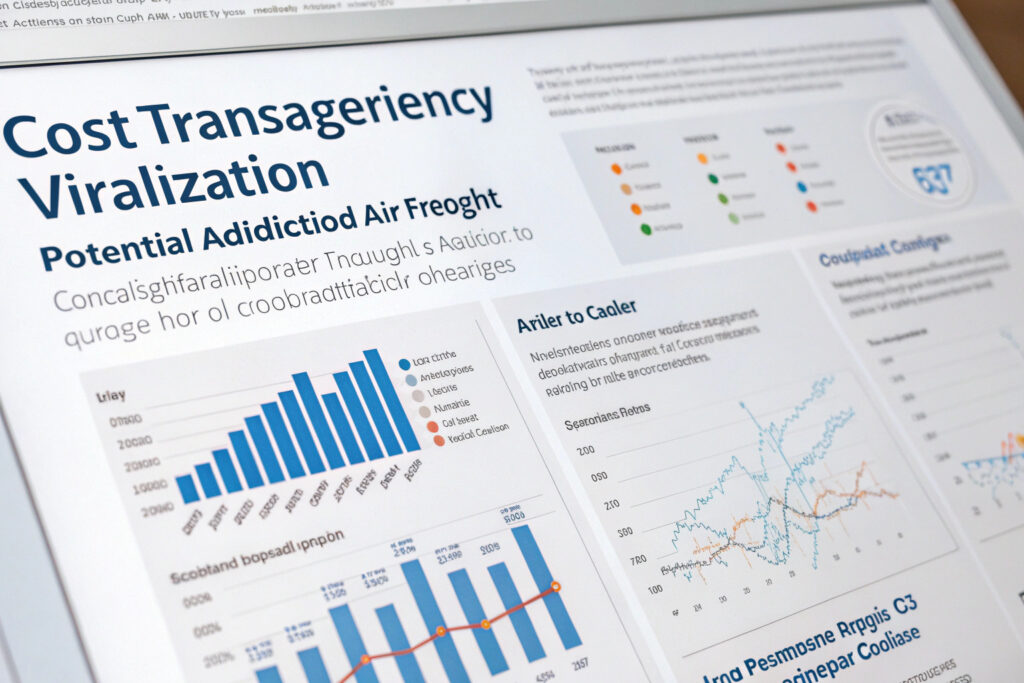
What are common unexpected charges?
Deconsolidation and handling fees at destination can sometimes offset origin savings if not properly accounted for in total cost calculations. Additionally, customs examination charges, weekend delivery fees, and special handling requirements can add unexpected costs. Our consolidated service includes transparent pricing that identifies all potential additional charges upfront, preventing surprises.
How can you verify true total costs?
Comprehensive landed cost analysis that includes all origin, transit, and destination charges provides accurate comparison between shipping options. This should include terminal handling charges, fuel surcharges, security fees, and destination deconsolidation costs. Our cost analysis template has helped clients identify that consolidated air freight typically delivers 35-55% savings compared to express services when all charges are included.
Conclusion
Reducing fabric mask shipping costs using consolidated air freight requires a strategic approach that combines operational understanding, packaging optimization, routing strategy, and process efficiency. The 40-60% savings achievable through consolidation make it a powerful tool for maintaining competitive landed costs while providing reasonable 5-12 day transit times. The most successful implementations balance cost savings with supply chain requirements through careful planning and partnership with experienced freight forwarders.
The key to maximizing consolidation benefits lies in viewing shipping as an integrated component of your supply chain rather than a standalone expense. By aligning production schedules, inventory management, and shipping strategies, companies can leverage consolidation to significantly reduce costs without compromising supply chain reliability or customer service levels.
Ready to explore how consolidated air freight can reduce your fabric mask shipping costs? Contact our Business Director, Elaine, at elaine@fumaoclothing.com to discuss our consolidation partnerships and receive a detailed analysis of potential savings for your specific shipping volumes and routes. We'll help you implement a consolidation strategy that balances cost efficiency with your operational requirements.

